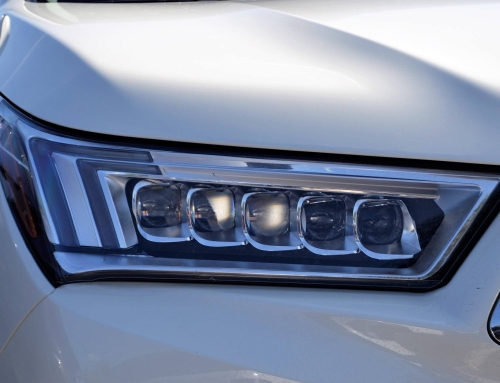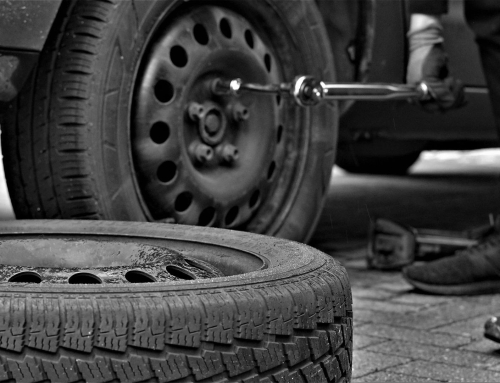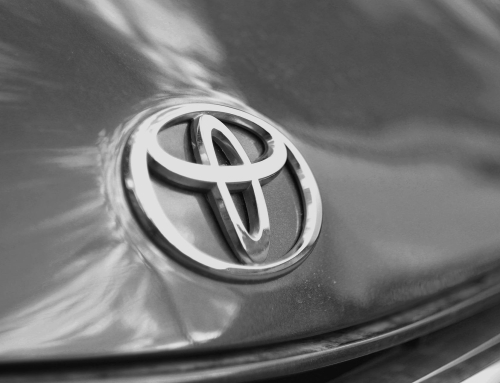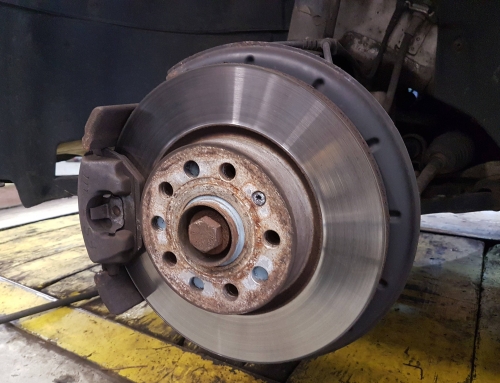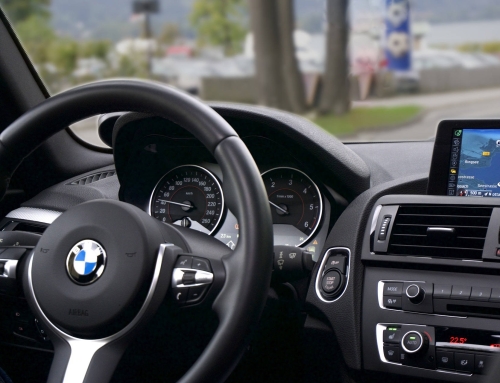Your car may deteriorate due to driving, such as encountering potholes, coping with frost heaves, or accidentally hitting curbs. Each little bump or knock can accumulate over time, leaving your car’s alignment slightly off, even if no immediate damage is visible. You might not notice at first, but eventually, misaligned wheels can lead to problems like uneven tire wear, vibrations, or the vehicle pulling to one side. This is when you might search for “auto alignments near me.” Understanding how and why vehicle alignment matters is critical to maintaining your car’s health and safety.
Contents
What Happens When Your Wheels Are Out of Alignment?
Misalignment occurs when your car’s wheels and axles no longer harmonize perfectly. Over time, everyday driving experiences like hitting potholes or even speed bumps can cause minor shifts in your car’s suspension. These subtle changes can make your car more difficult to steer and cause uneven tire wear, shortening your tires’ lifespan.
A vehicle that isn’t correctly aligned might drift to one side or the other, making it harder to drive in a straight line. It could also result in a less comfortable driving experience, with added vibrations through the steering wheel. If you’re noticing any of these symptoms, it’s time to consider getting a professional alignment check.
How Does Vehicle Alignment Work?
When you take your vehicle in for an alignment, you’re really getting an adjustment of its suspension. This process ensures that the tires make proper contact with the road and are angled correctly relative to each other. Alignments involve adjusting four specific suspension angles: toe, thrust, camber, and caster.
- Toe: This angle refers to whether your tires are pointed inward or outward when viewed from above. Imagine how someone walks with “pigeon toes” pointing inwards—that’s the idea of a toe alignment.
- Thrust: Thrust alignment ensures the rear axle is parallel to the front axle and the car’s centerline, ensuring smooth, straight driving.
- Camber: Camber refers to how much the tires tilt inward or outward when viewed head-on. While most cars have a slight inward camber for stability, too much tilt can cause problems.
- Caster: Caster alignment deals with the angle of your steering axis, which affects how easily your car steers and returns to the center after a turn.
These adjustments are made using highly sophisticated machines and tools that most people cannot access at home. That’s why alignments are best left to trained professionals.
Different Types of Vehicle Alignments
Only some vehicles require the same type of alignment. Depending on the make and model of your car, mechanics might recommend one of three types of alignments:
Front-End Alignment
A front-end alignment focuses solely on adjusting the front axle. This type of alignment is less common today since most modern vehicles, including front-wheel drives, benefit from a four-wheel alignment. However, vehicles with a solid rear axle may still use this simpler method, adjusting the toe, camber, and caster angles only at the front.
Thrust Alignment
A thrust alignment is performed alongside a front-end alignment. It corrects the rear wheels’ position to ensure they are aligned with the front wheels and perpendicular to the vehicle’s centerline. This type of alignment is typically used on vehicles with solid rear axles.
Four-Wheel Alignment
Most modern vehicles require a four-wheel alignment. This process involves adjusting both the front and rear suspension, which helps improve handling, prevent uneven tire wear, and enhance overall vehicle performance. With more cars featuring independent rear suspensions, a four-wheel alignment is often recommended for almost all makes and models.
How Is an Alignment Performed?
Alignments involve specialized equipment and machinery. The process begins with the mechanic comparing your car’s current suspension angles to the original factory settings using an advanced alignment machine. They then adjust the toe, camber, caster, and thrust angles until they fall within acceptable ranges.
After the alignment, the mechanic recalibrates the steering wheel, ensuring it’s perfectly centered. Finally, they take the vehicle on a test drive to ensure everything feels right. The whole procedure usually lasts around an hour, unless there areadditional issues with the vehicle that require addressing, such as worn suspension parts.
How Often Should You Get a Vehicle Alignment?
One of the biggest mistakes drivers make is neglecting vehicle alignments. There’s no dashboard light to remind you that it’s time to get one, so many people forget. How often you should get an alignment depends on several factors, including your vehicle, driving habits, and the road conditions you typically encounter.
When to Always Get an Alignment
One scenario where you should always get an alignment is when you purchase new tires. Without an alignment, your new tires are prone to uneven wear from the get-go, and you’ll quickly need another set. Thankfully, many mechanics and tire shops include an alignment when you buy new tires, so don’t skip this step.
Additional Considerations
If you’ve recently been in an accident or have driven over especially rough roads for an extended period, you shouldconsider scheduling an alignment sooner rather than later. Accidents can affect your suspension in ways that aren’t immediately visible, so it’s best to have everything checked out after a significant impact.
General Guidelines
There’s no universal rule for how often to align your car. Some mechanics recommend getting an alignment every other oil change, while others suggest every 10,000 to 14,000 miles. You can also monitor your car for signs like uneven tire wear, pulling to one side, or a vibrating steering wheel—these may indicate that it’s time for an alignment.
Conclusion
Maintaining proper alignment is essential for your tires’ longevity and your vehicle’s overall safety. By staying proactive and scheduling regular alignments, especially when you get new tires, or after significant impacts, you can save money on tire replacements and enjoy a smoother, safer driving experience.


